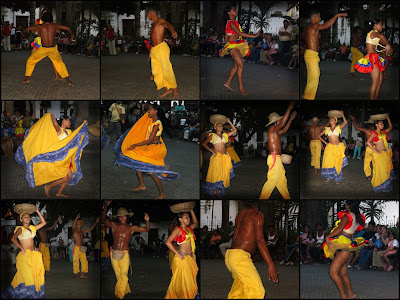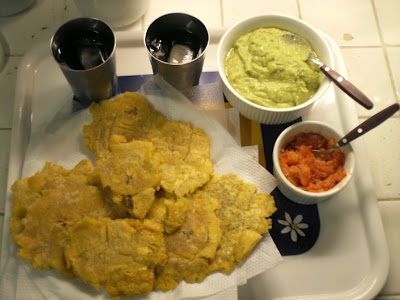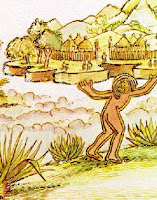Fiesta de San Pacho -- Quibdó
In 1648, a group of Franciscan missionaries arrived to the area of what is now Quibdó , Chocó . With them they brought a large statue of San Francisco de Asís . Their mission was to 'civilize' the natives of the region and build new routes for the Gold from Chocó to get to the capitals of the Nuevo Reino de Granada. Shortly after their arrival, they organized a floating parade. A long line of canoes was headed by a canoe bearing the statue of San Francisco de Asís . By 1684, the natives had become restless with the new religion and killed off the missionaries. This might have been the end of the encroachment on the natives for a while, had it not been for the Spanish conquistadors that had moved into the area in 1670, bringing with them a large groups of African slaves who worked to take gold out of the rivers and hills in Chocó . The African slaves in the area took San Francisco de Asís as their patron saint, and he was eventually named the patron saint of Qui...













